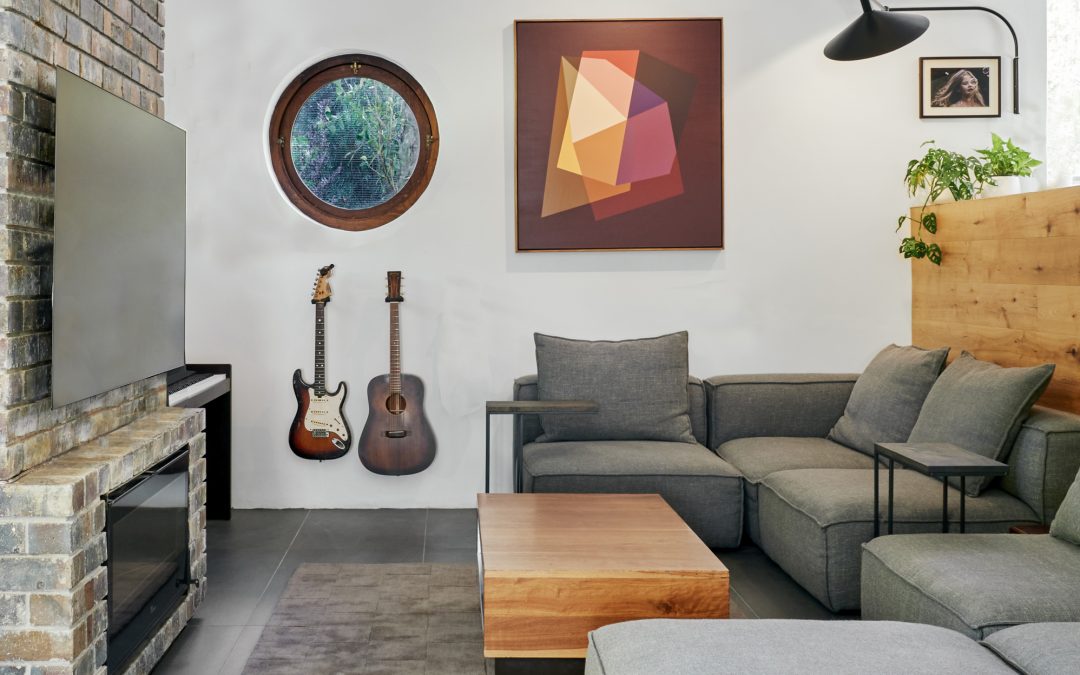This appealing rebuild for a family of four involved the integration of a forest site, koi garden, tree house and path in the forest ravine estate Bamboo Lane of Hout Bay’s Scott Estate. The house was built using the existing structure of an old cottage and the design maintained historic guidelines of face-brick and slate, albeit in a new contemporary style. Arguably the most difficult project for any architect is building his own home, and this one was no exception. To complicate the already demanding process further, it was built during the pandemic lockdown: starting in February 2020, and completed by October of the same erratic year. The result puts into perspective a hundred hints from sages in history – roughly that the greater the obstacle overcome the greater the glory, and the richer the quality of success.
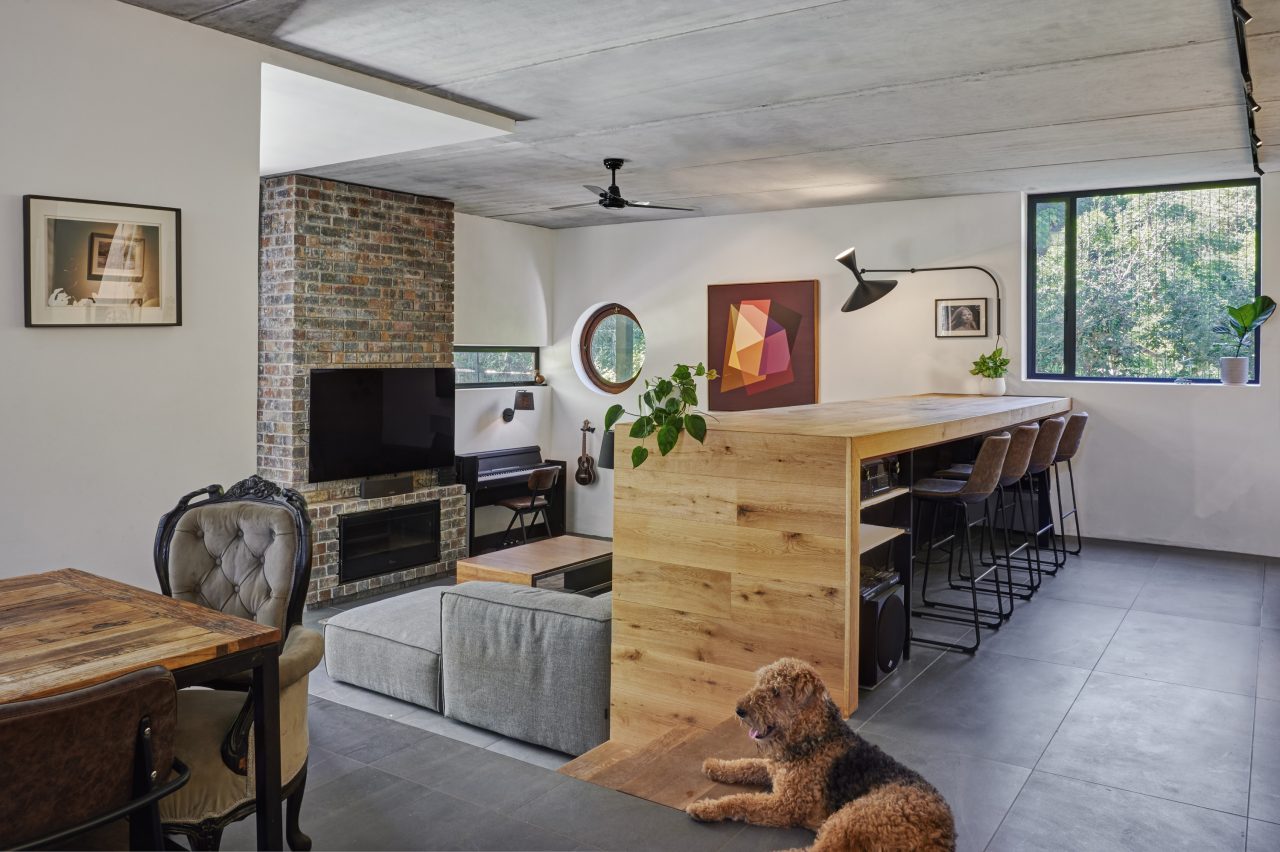
Start by doing what’s necessary; then do what’s possible; and suddenly you are doing the impossible.
– Francis of Assisi
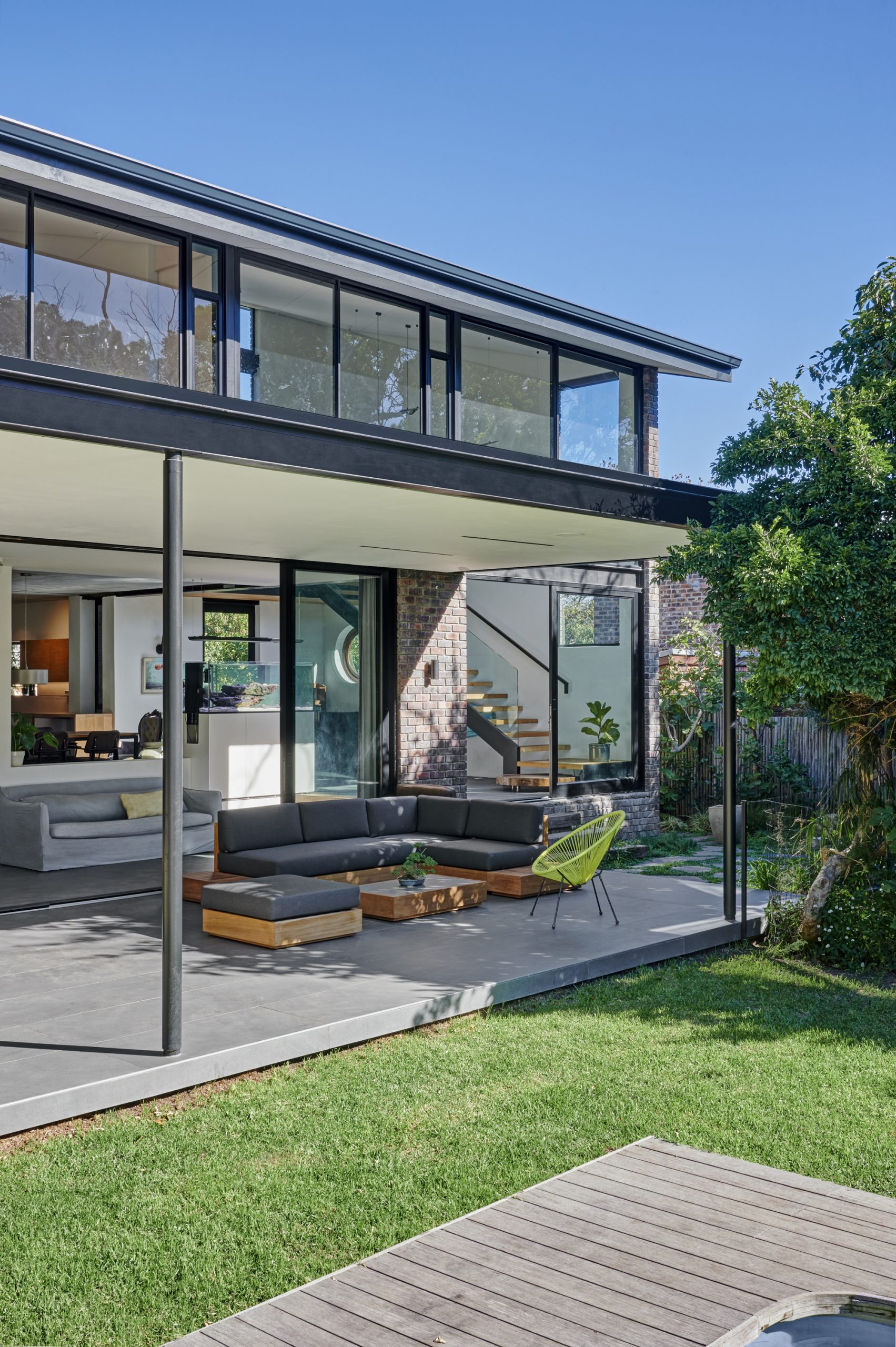
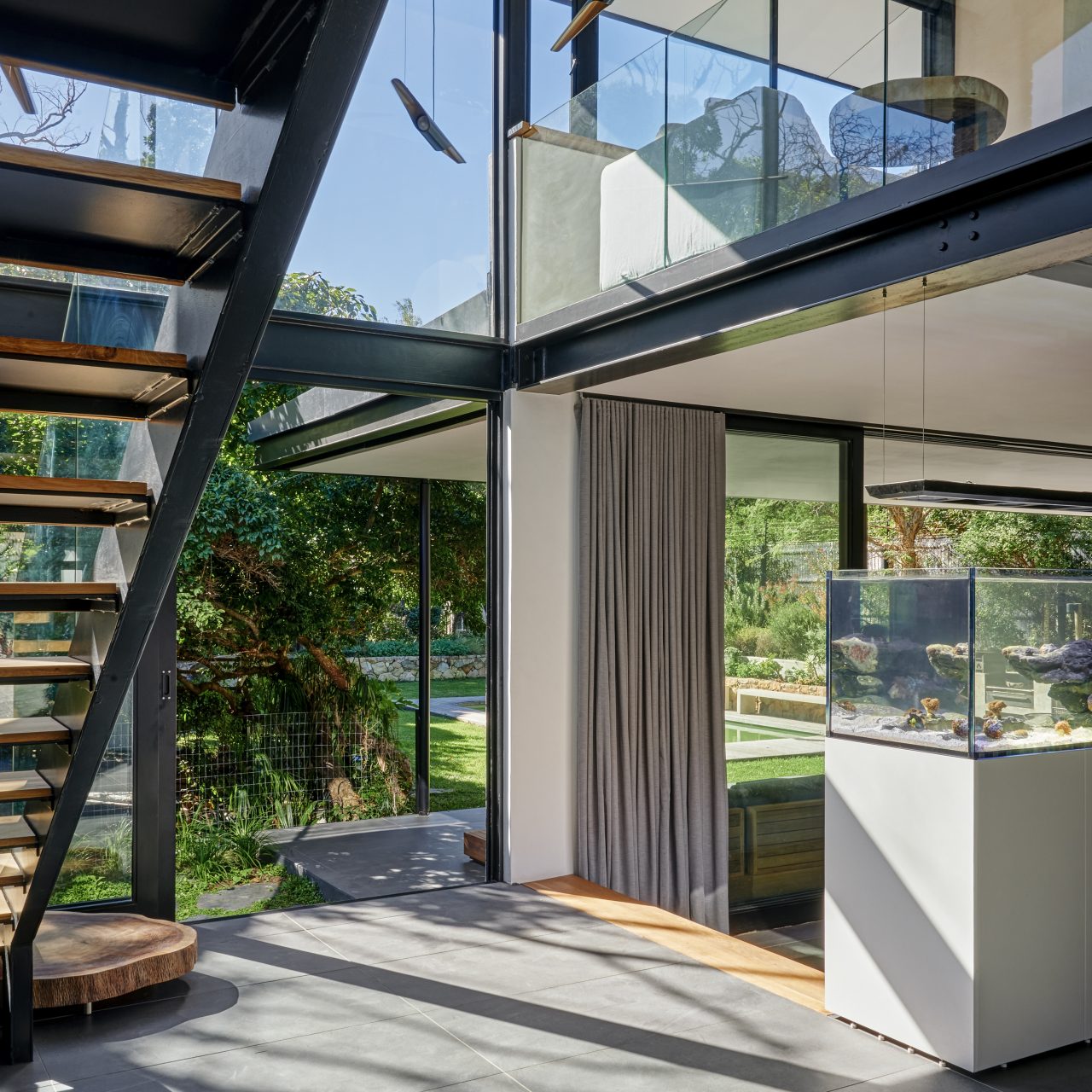
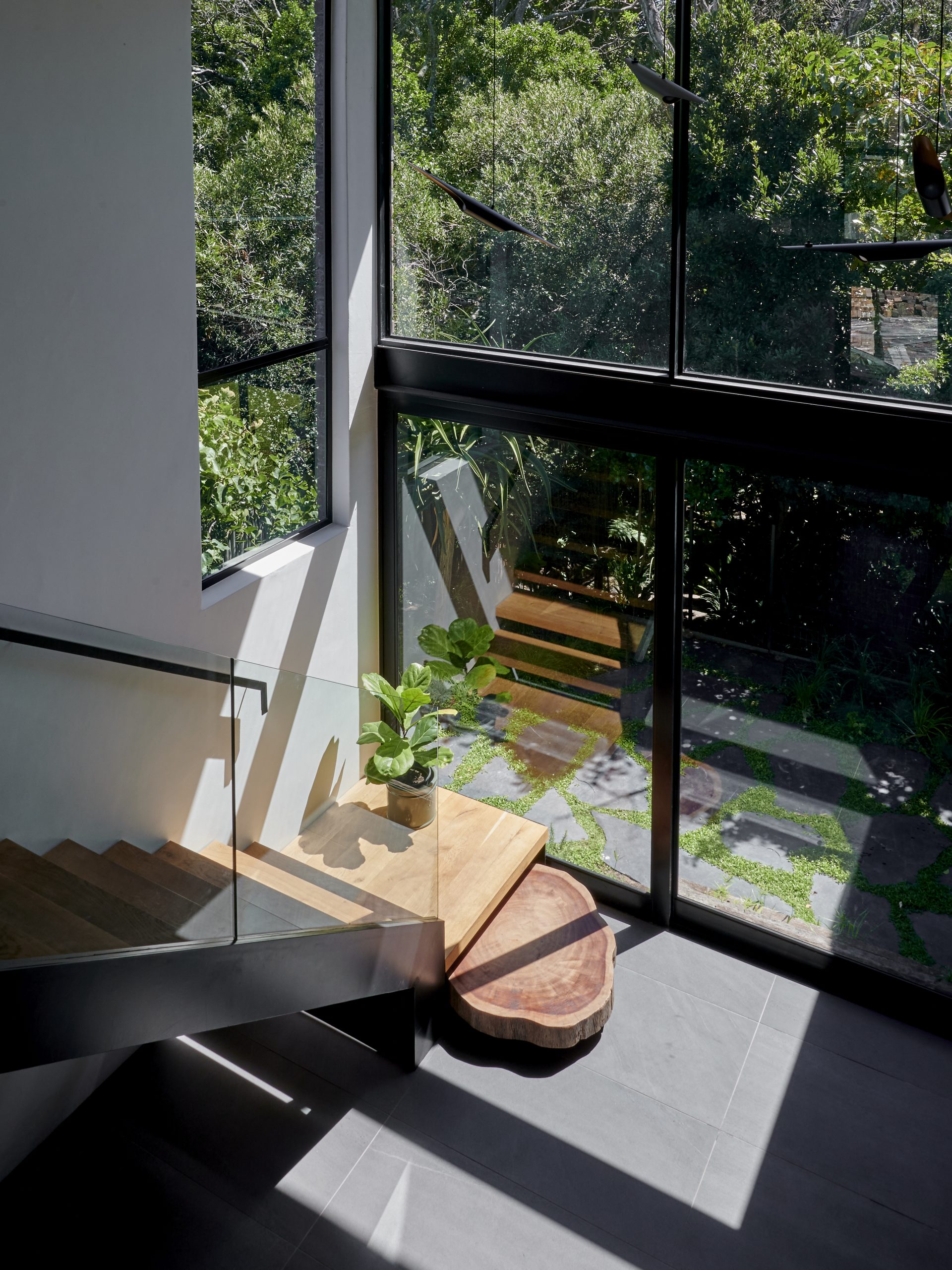
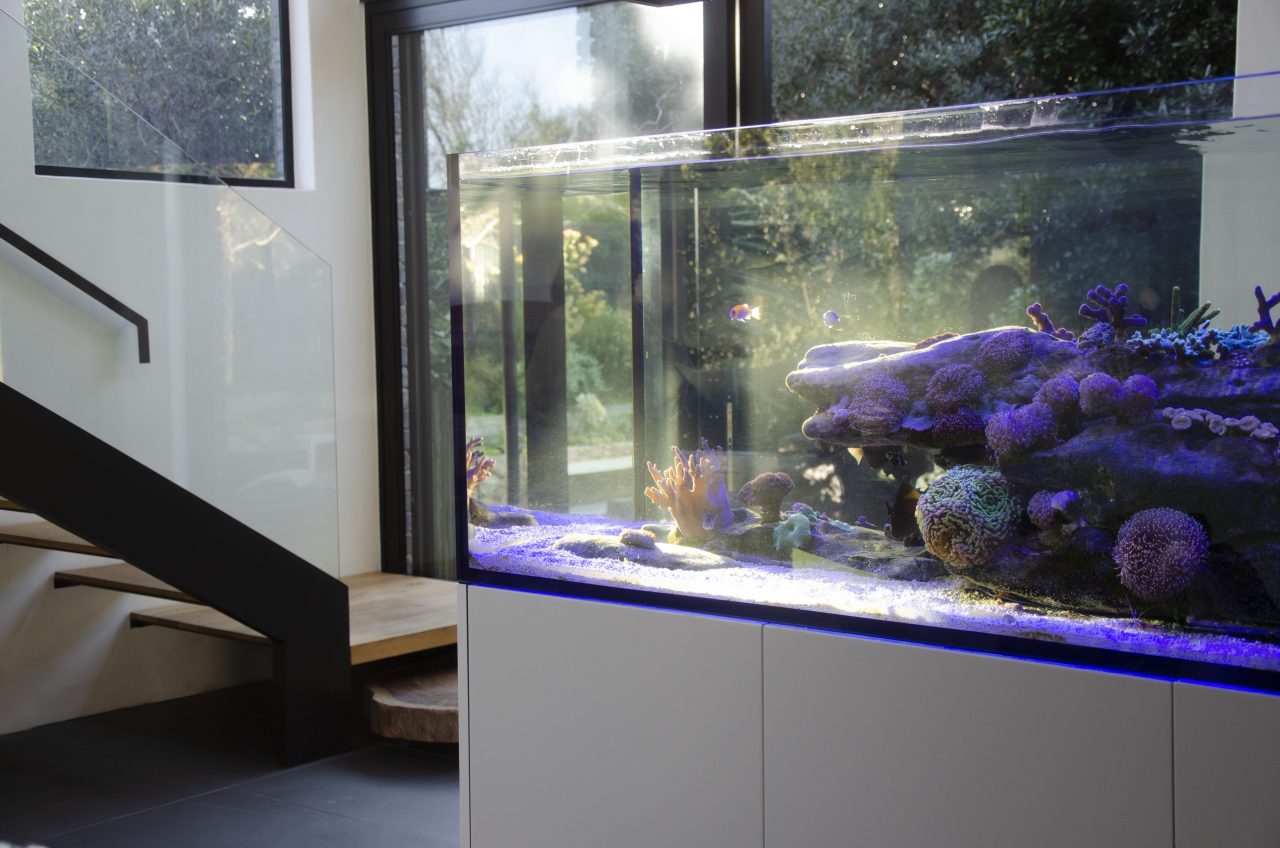
Architect Dion Walters reflects on the construction phases during the pandemic: ‘It was March 2020 and we’d just moved the family into temporary accommodation on the border of Imizamo Yethu to rebuild our house with all the spaces the family required. With pressure to get our daughters out of their shared bunk bed, we found the courage to move the family out the cottage and demolish it in prep for a rebuild. FYI: We did not expect a lockdown.
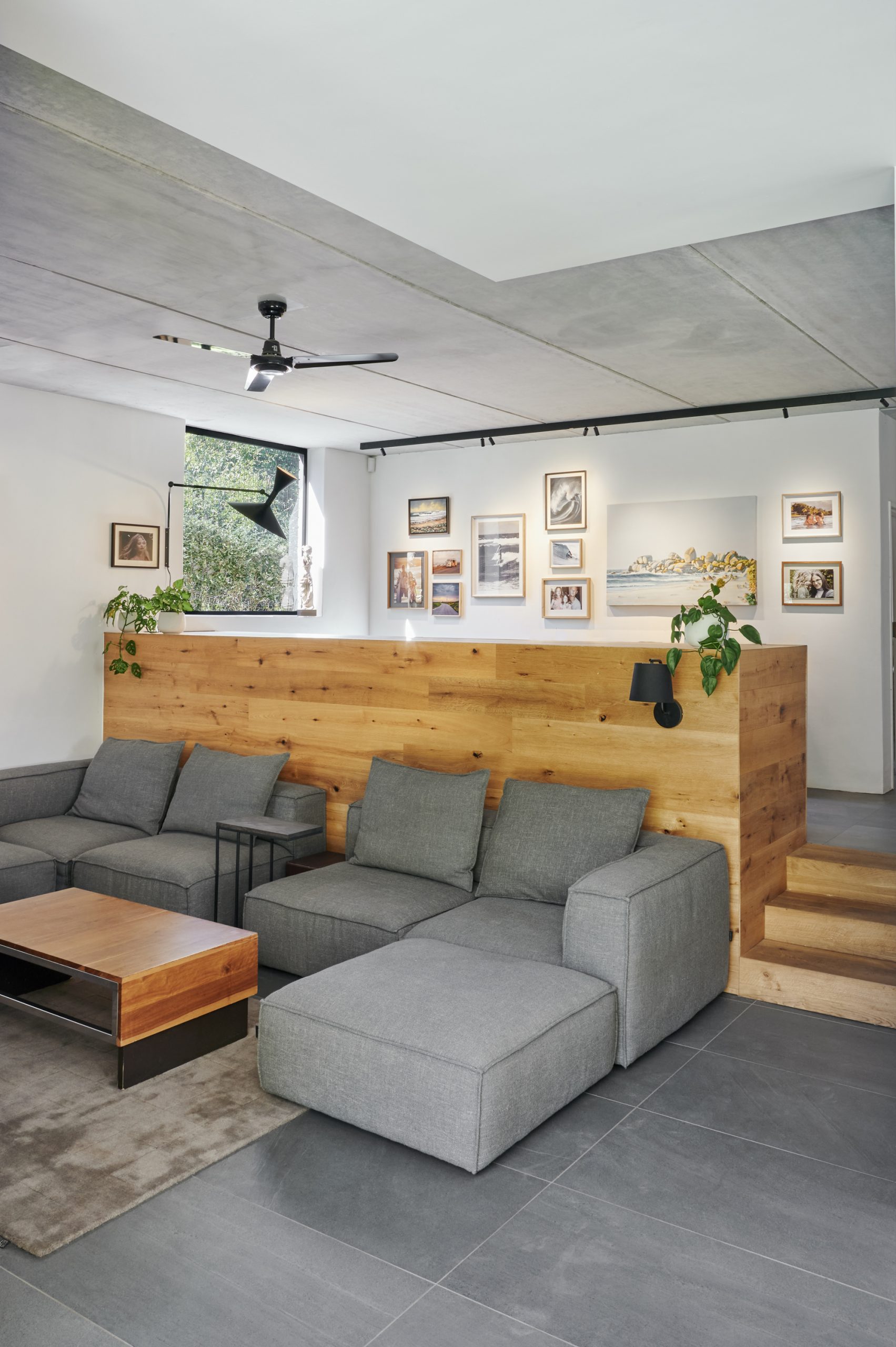
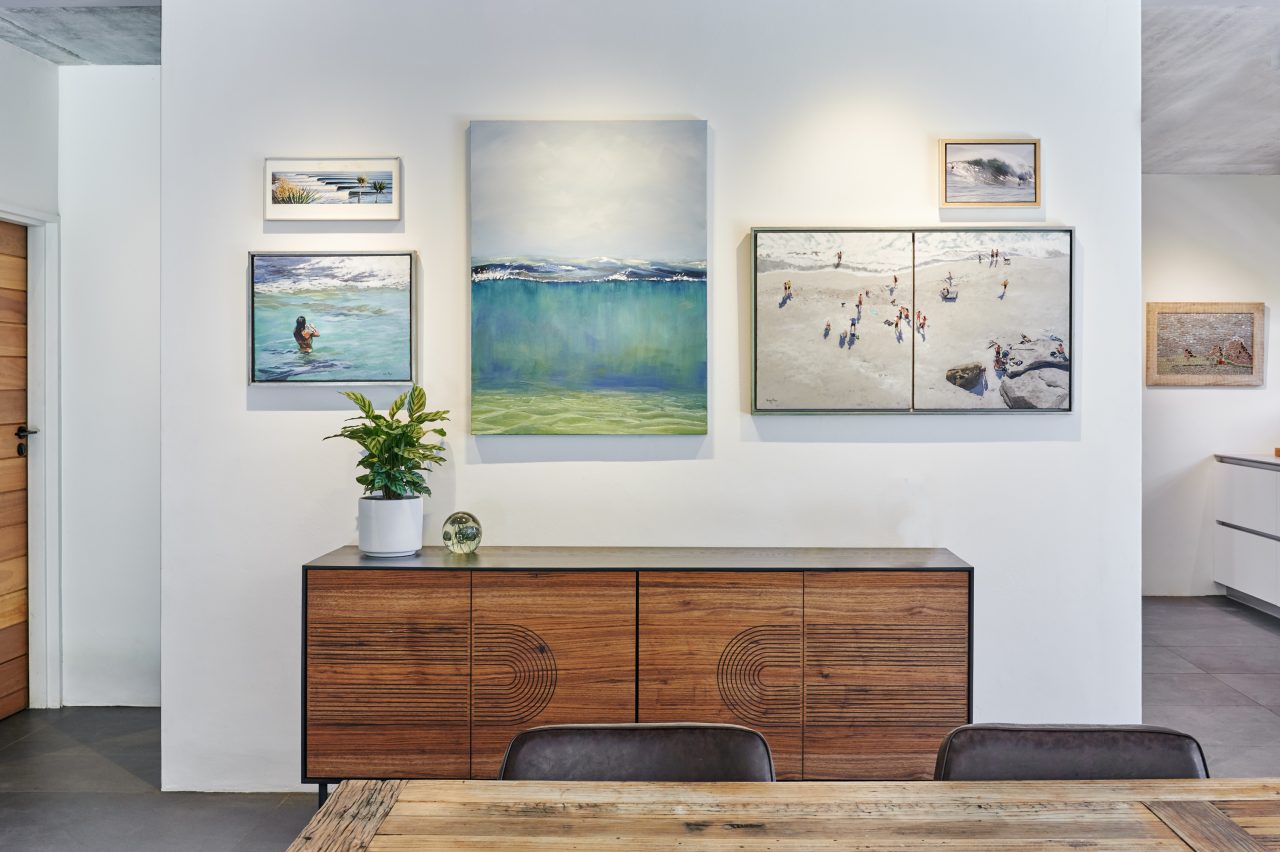
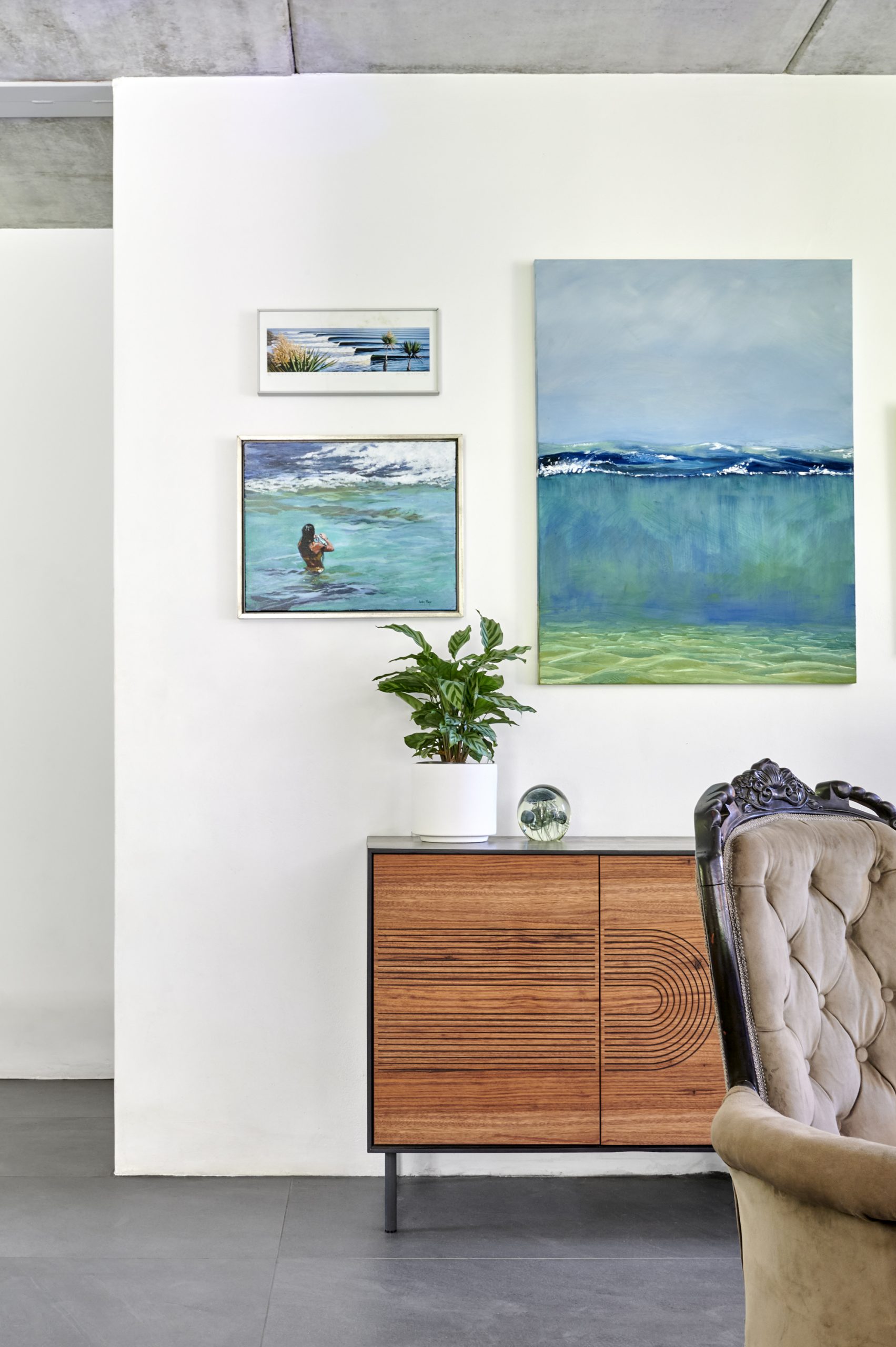
‘While living in this temporary accommodation adjacent to the township and with a limited budget and no contractor, I had to manage this build myself through 2020. To be sincere, the lockdown actually contributed positively to the dynamic as I had more time to monitor detail and to be personally involved with the build. This made a difference to the cost and finish of the project. Beyond that, there’s the added character tangible as a result of being more involved than initially expected.
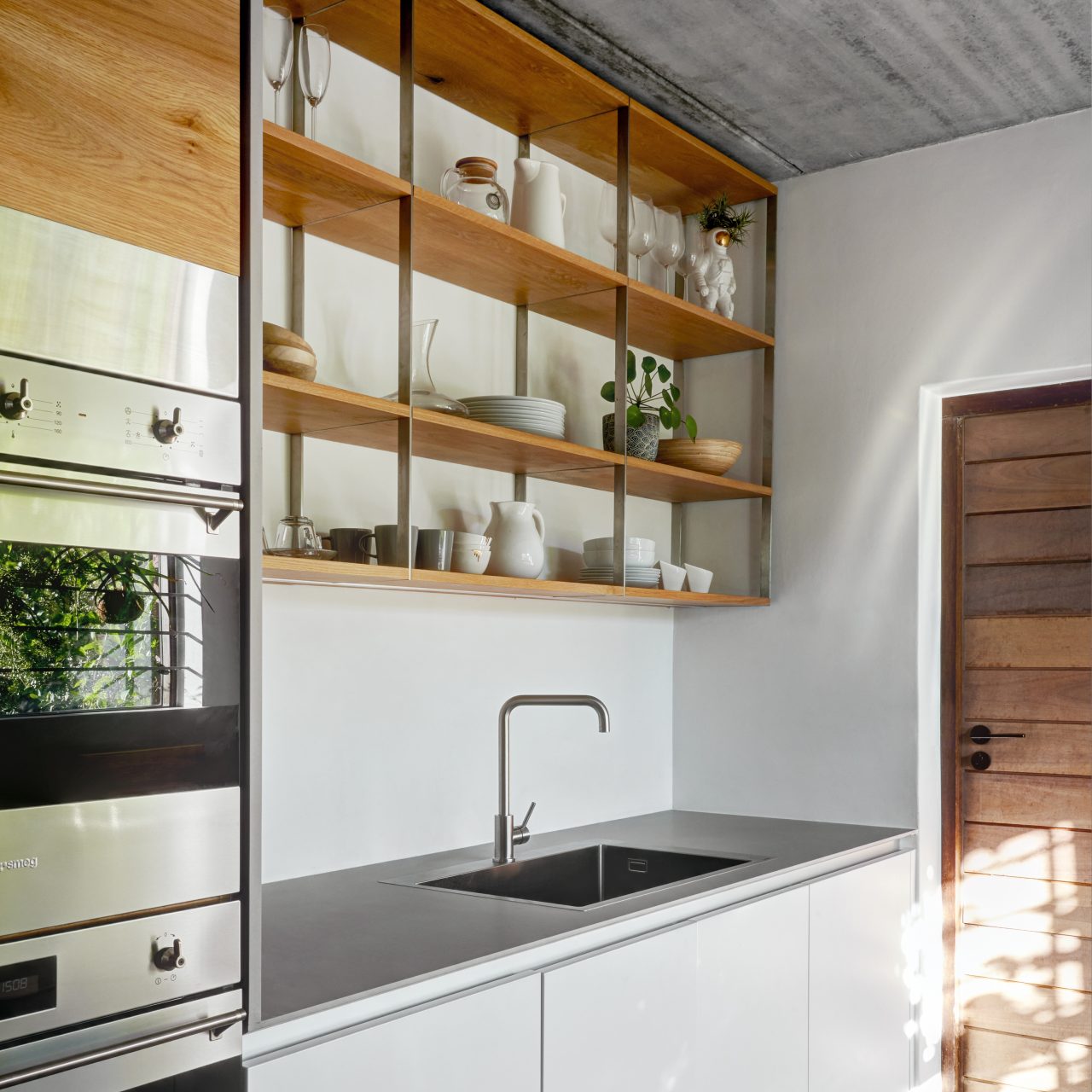
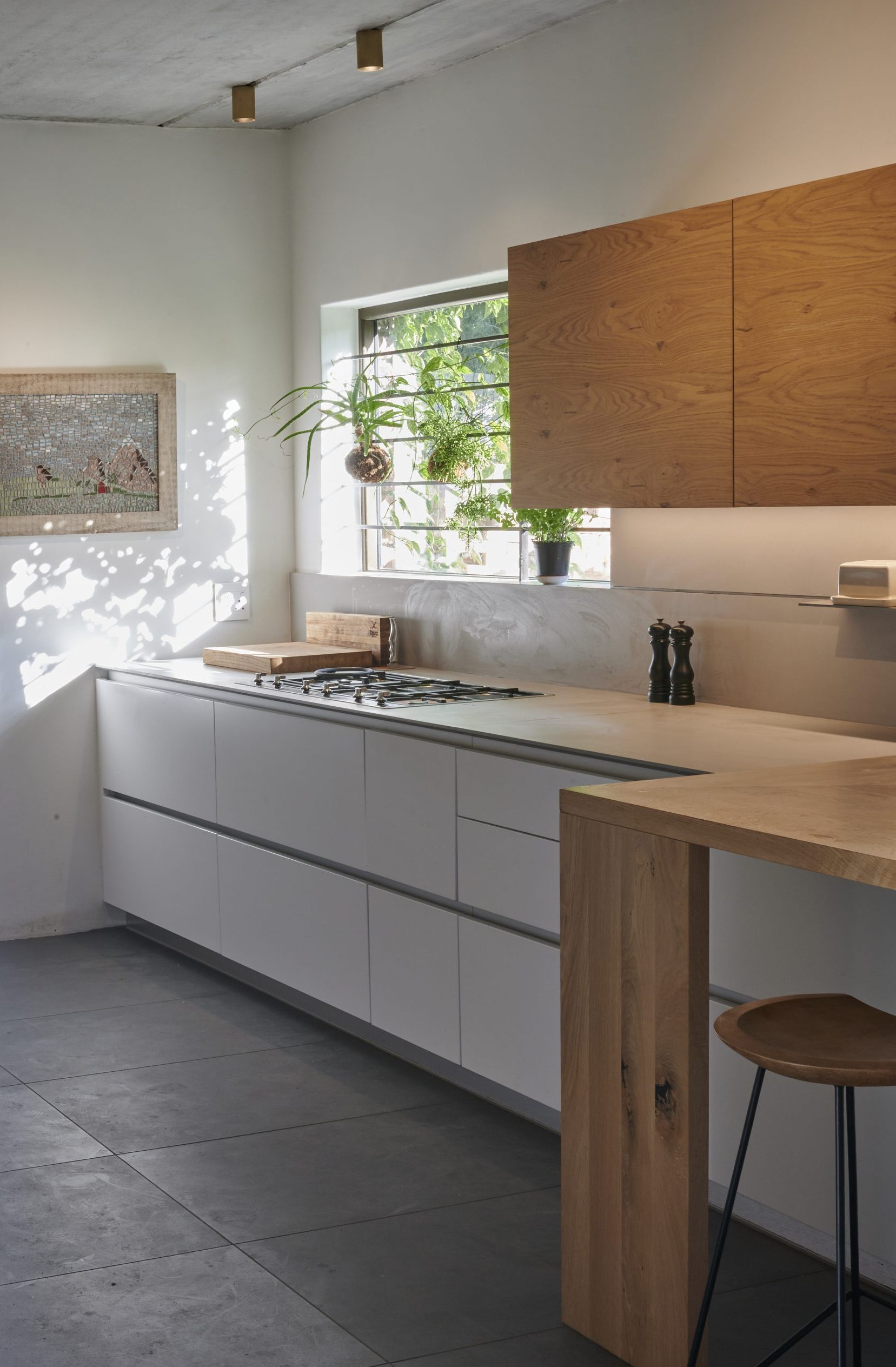
‘We’d just dropped in the new precast concrete floor slab with a crane when we heard the first lockdown news. There was no turning back, we hustled for any progress we could to get the project closer to a liveable envelope.’
At the height of the pandemic, Bomax separated the sub-contractors where possible to prevent contamination and did their best to manage hygiene. They had some material availability issues, but the labour and suppliers were keen to get what work they could. ‘Working from home’ allowed Dion time to monitor detail and manage sub-contractors himself. He admits, ‘It was one of the most difficult and at the same time the most rewarding build. We managed it in just nine months during the lockdown.’
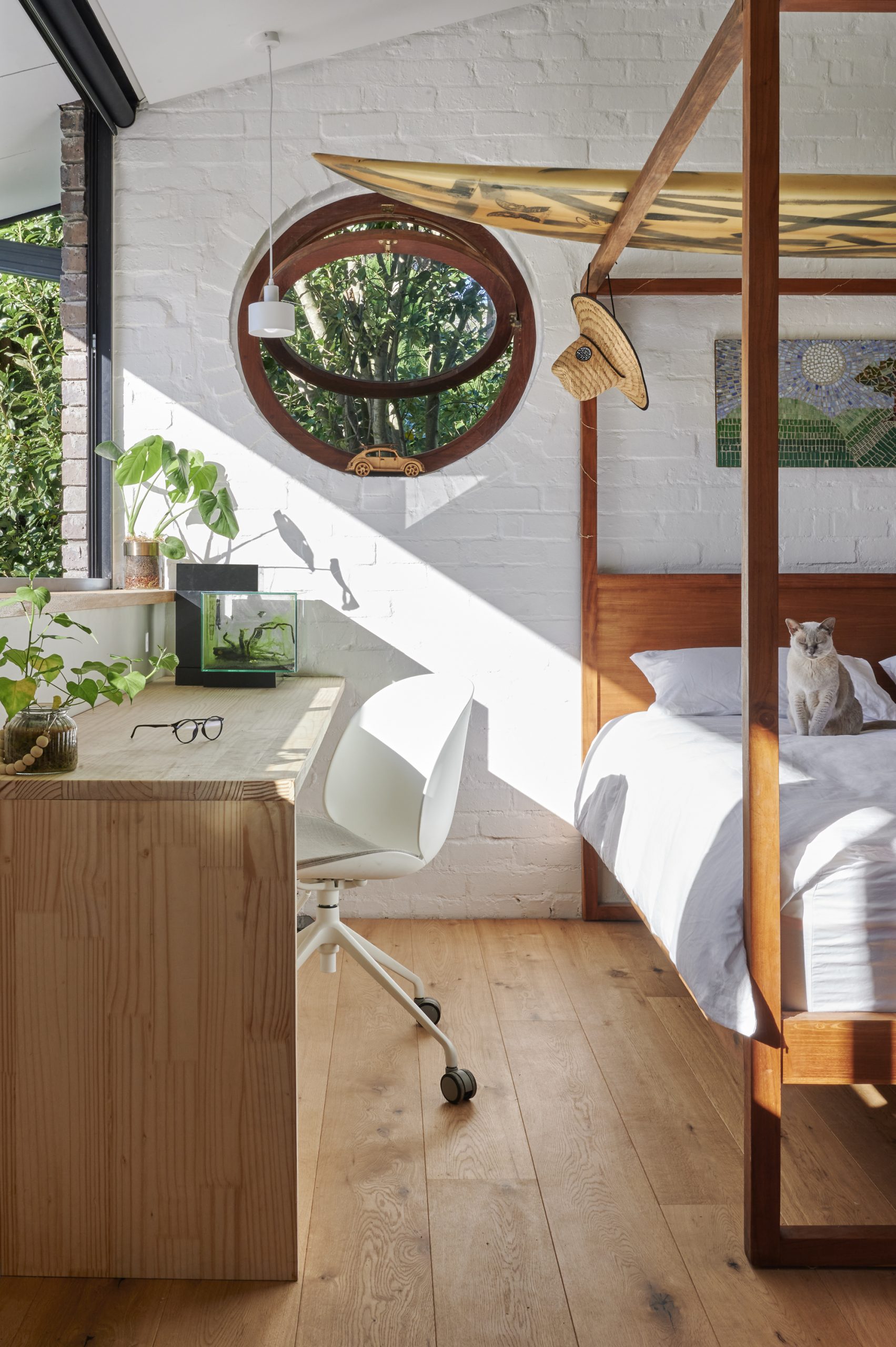
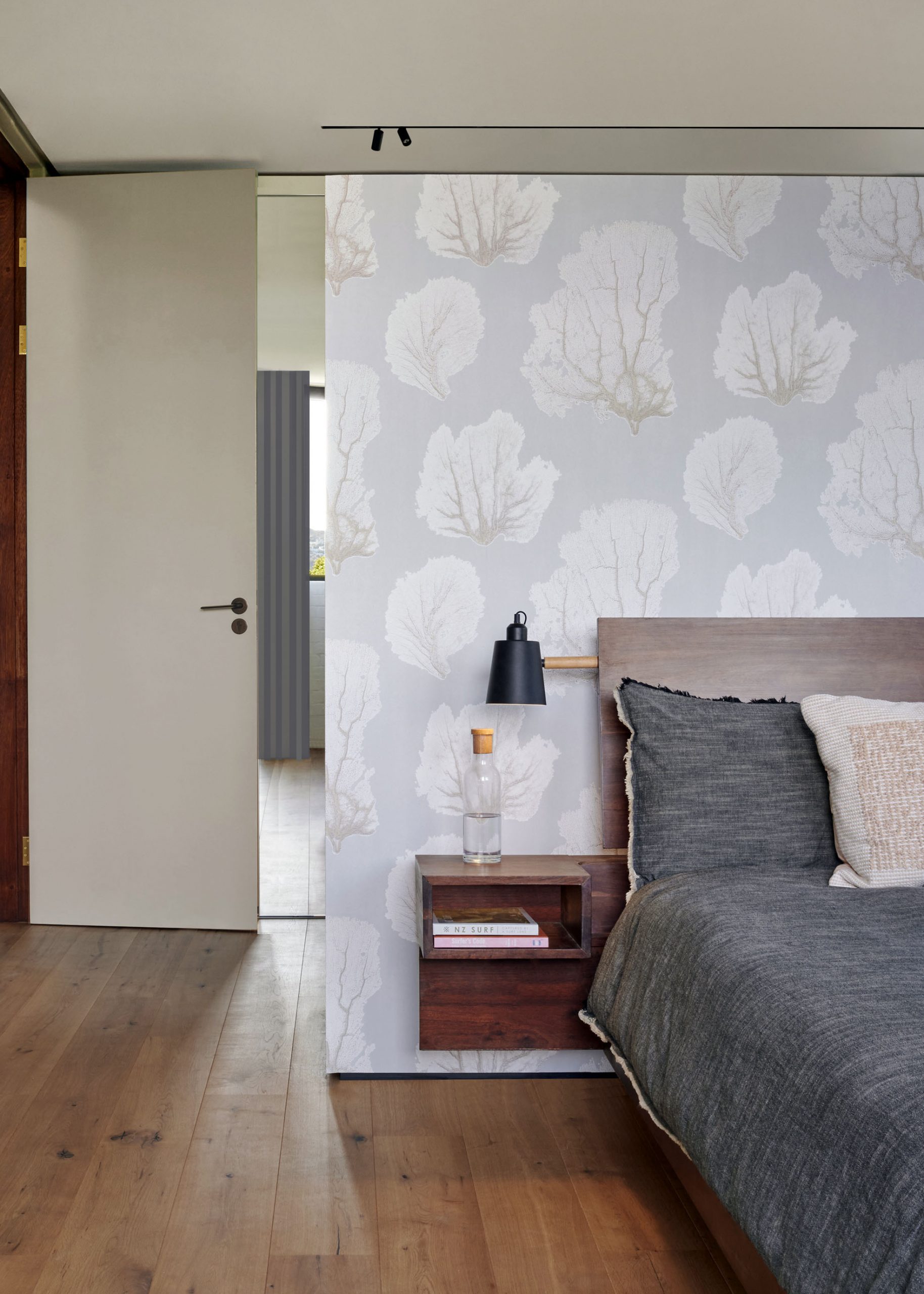
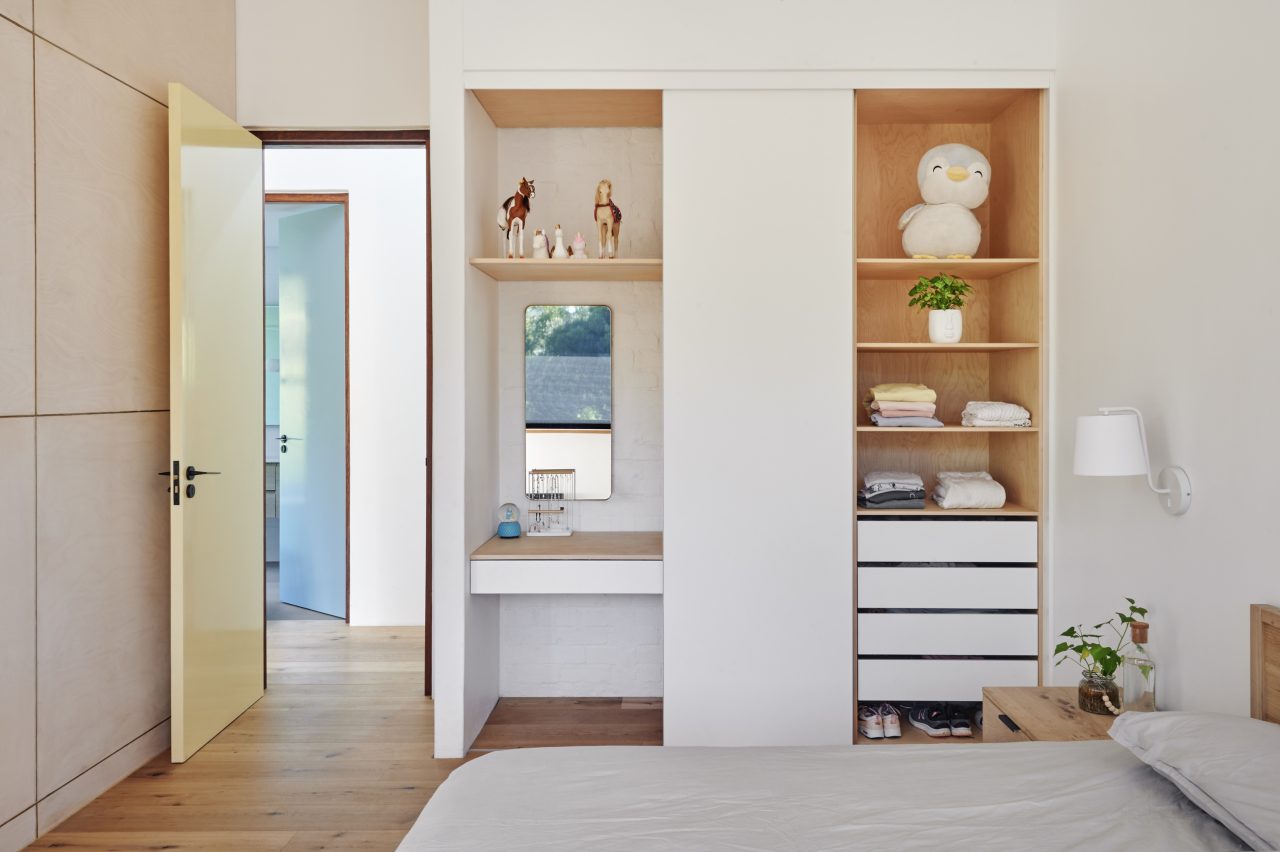
habitat: How does building your own home contrast with building projects for your clients?
Dion Walters: The obvious answer would be ‘money’! The real difference is just being able to design and build exactly what you know will work for yourself. For me, good circulation of planning is essential, and a certain minimum level of finish is non-negotiable. The overall thermal performance of the building should always be considered when designing glazing and volumes. I consider the thermal trade-off between volume and heat which can be offset by storing energy in passive heat storing façades. In Hout Bay, mountains mean the sun sets early, so there is no harsh west sun to manage. We need to capture what sun we receive during the day, making the parameters for designing glazing are different on every site.
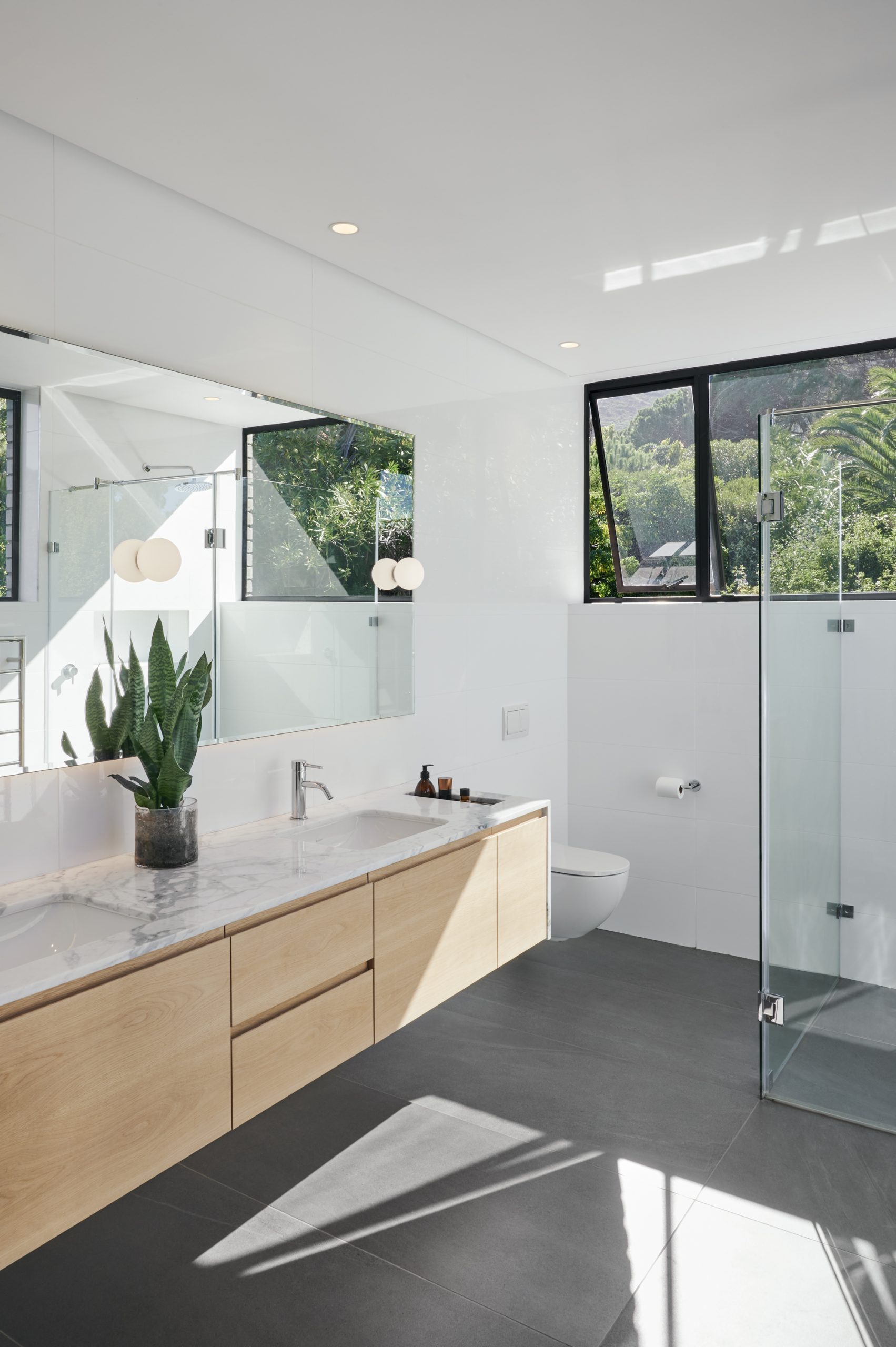
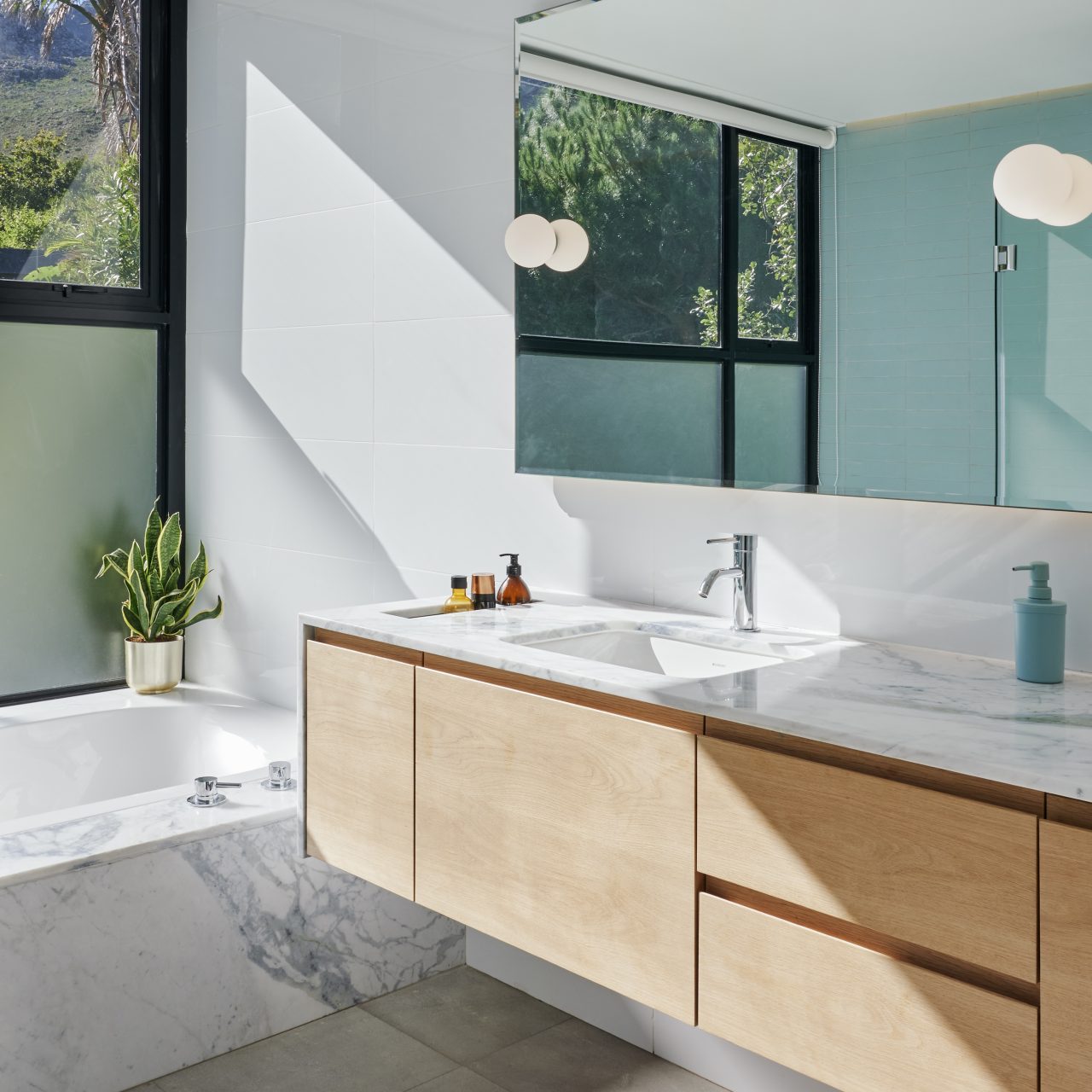
h: Face-brick from the 70’s – would you like to elaborate?
DW: Bamboo Lane is a small estate with just five houses in the forested Scott Estate. It was developed in the 1970s with a few ‘Design Guidelines’, which the City has upheld – one of which is this charcoal, overburnt face-brick. While most would be disappointed with having to accommodate an old-fashioned brick, we saw it as an opportunity to create contemporary forms with charcoal blue overburnt textures. Also, face brick is maintenance-free and typically has a high mpa strength.
h: Interior design influences?
DW: Designing for a wife and young daughters certainly influenced the palette of the home. Key motivators: softer palette, Danish design, ocean inspired. The built coral marine tank that occupies the entrance volume is a nod to our family’s love for the ocean.
At Bomax, we visualise the interiors as part of the architecture design process. The interior becomes an integrated component within the building envelope: from custom-fixed joinery to furniture designed to fit spaces correctly.
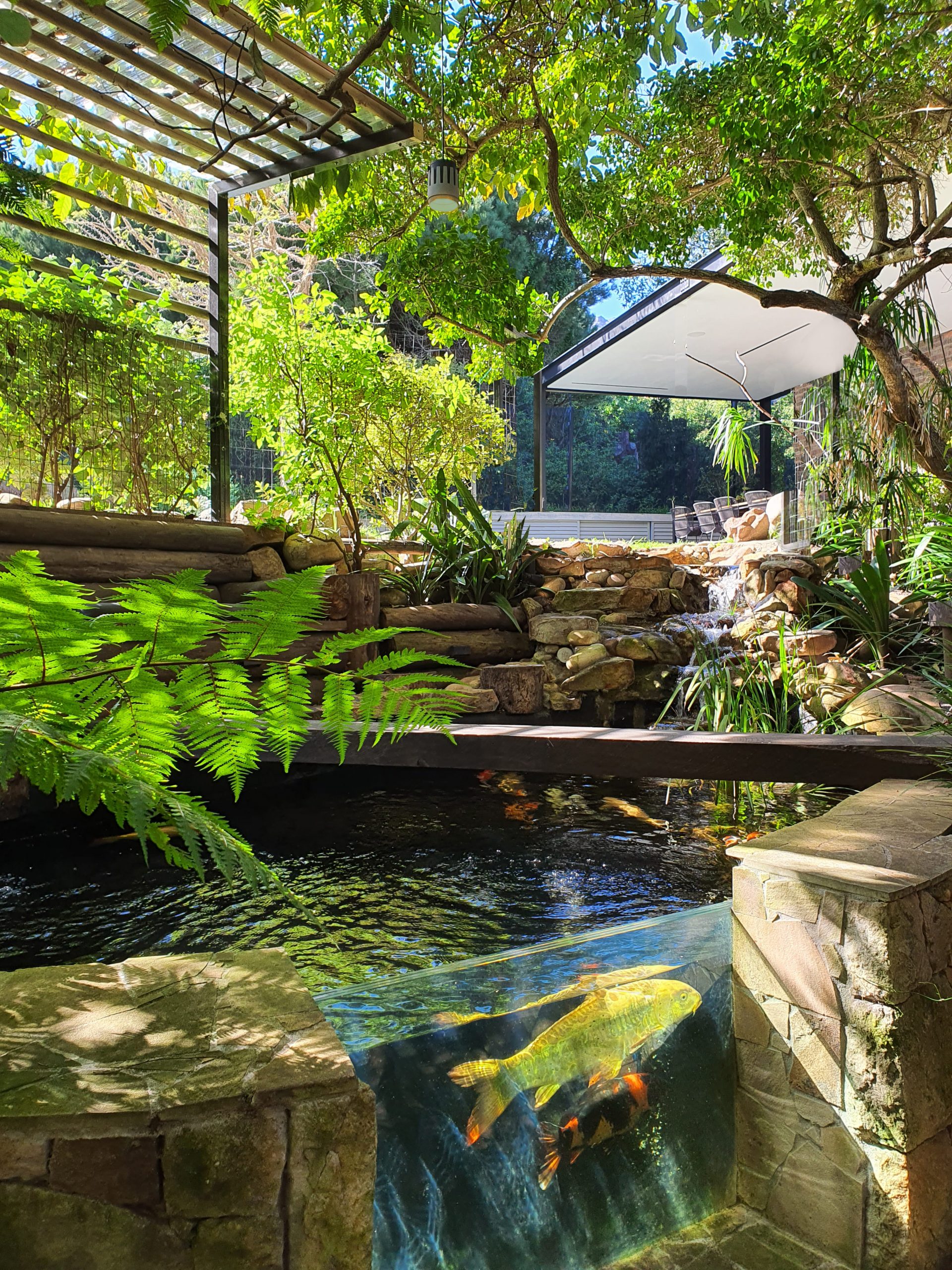
h: How did the site influence the design?
DW: We lived on the site in an old cottage prior to the build. While debating the build, we used whatever available money we had to develop the landscaping. The site bush was contoured, and a section was cleared for lawn while the forested area was densified with indigenous tree planting.
We wanted to capture the depth of the forested site. A journey was designed to stitch through the property from the double volume glazed entrance, past the coral reef and down into the garden koi pond / boma, which was built into a natural spring on the property.
There’s a fun and magical experience through a path in the macadamia and turkey-berry forest which leads up to a tree house built as an art studio for the kids, the way back leads to the lawn and swimming pool.
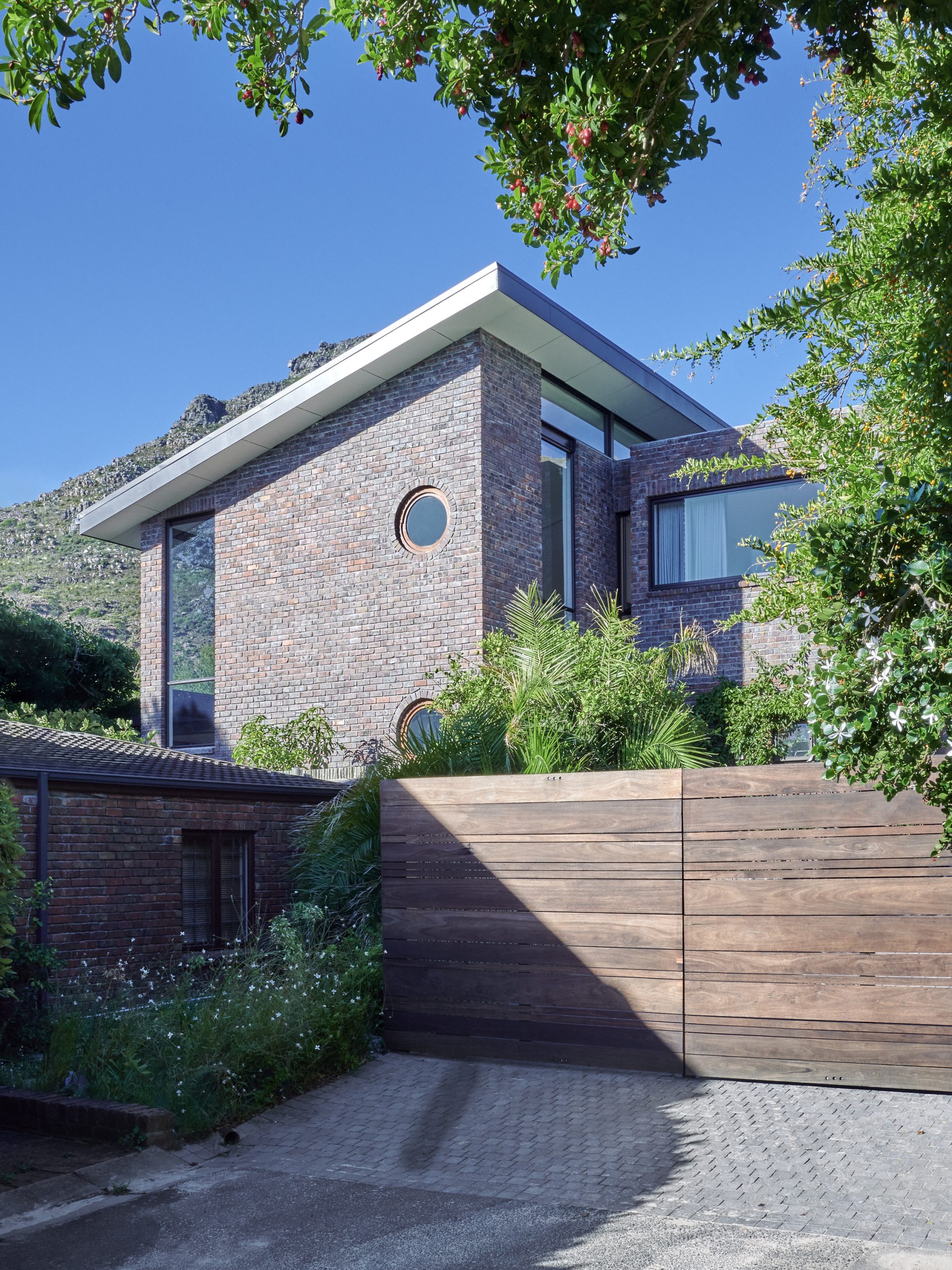
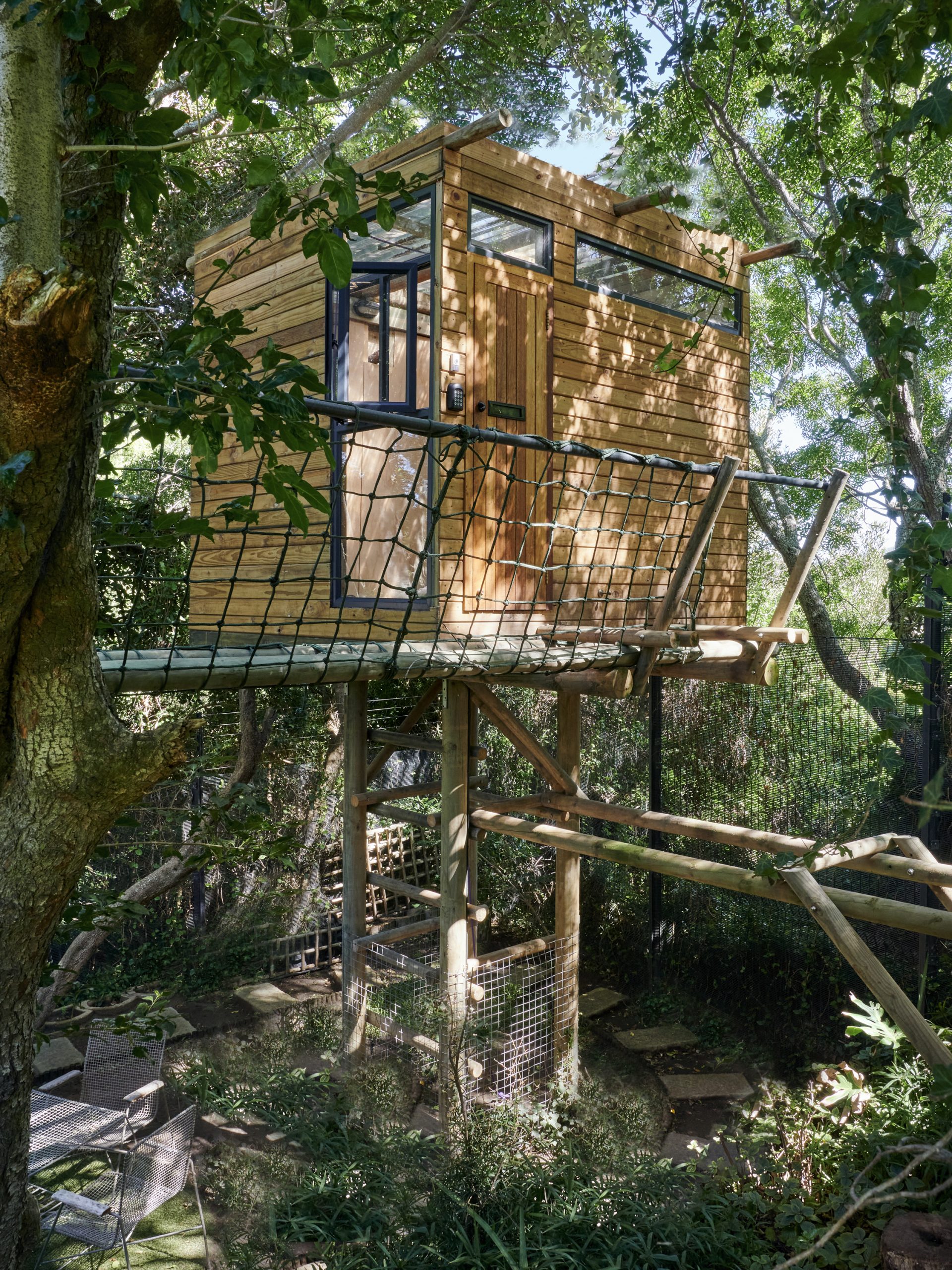
project: Bamboo Lane; description: Cottage Rebuild in a Hout Bay Forest Estate, Cape Town, South Africa; photography: Frances Marais; year complete: 2020; project architect: Dion Max Walters from BOMAX Architects
contributors: Geni Consulting Engineers; Aluminium Build; Level-Up Precast; Glass Inc. Showers; 4A Steelwork; Ambassador Timber Doors and Windows; Total Blind Design; A&E Ceilings; W&F Electrical; Womag; Tactile Tiles; Geberit; Still Bathrooms; Chepet Engineering; Speed Heat Underfloor Heating; Oggie Flooring; One Solar
Bomax is a firm of dedicated and experienced architects pursuing a unique contemporary style of architecture. The practice was started in 2000 by founding member Dion Max Walters [Pr. Arch] who directs the studio on the corner of Pepper & Bree Street, Cape Town CBD. A consistent portfolio of international and national projects include commercial buildings, upmarket residential homes and retail interiors.
See Bomax IG & website for more

